Transport in Low Dimensional 12.0 Disordered Systems Quantum
advertisement
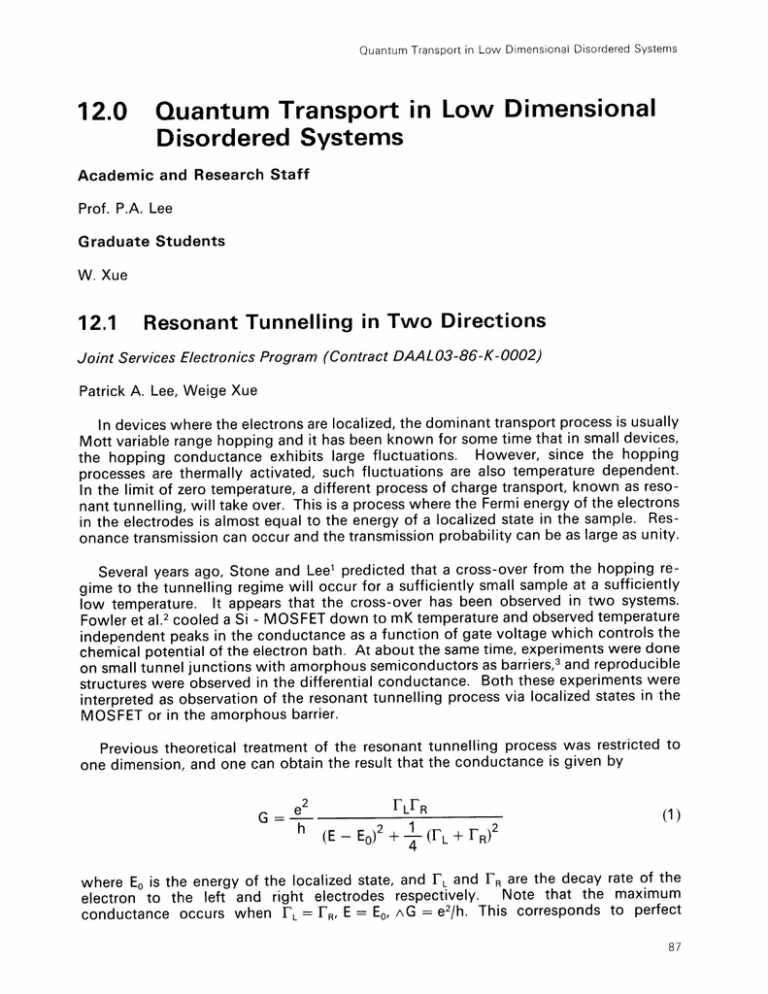
Quantum Transport in Low Dimensional Disordered Systems 12.0 Quantum Transport in Low Dimensional Disordered Systems Academic and Research Staff Prof. P.A. Lee Graduate Students W. Xue 12.1 Resonant Tunnelling in Two Directions Joint Services Electronics Program (Contract DAALO3-86-K-0002) Patrick A. Lee, Weige Xue In devices where the electrons are localized, the dominant transport process is usually Mott variable range hopping and it has been known for some time that in small devices, the hopping conductance exhibits large fluctuations. However, since the hopping processes are thermally activated, such fluctuations are also temperature dependent. In the limit of zero temperature, a different process of charge transport, known as resonant tunnelling, will take over. This is a process where the Fermi energy of the electrons in the electrodes is almost equal to the energy of a localized state in the sample. Resonance transmission can occur and the transmission probability can be as large as unity. Several years ago, Stone and Leel predicted that a cross-over from the hopping regime to the tunnelling regime will occur for a sufficiently small sample at a sufficiently low temperature. It appears that the cross-over has been observed in two systems. Fowler et al. 2 cooled a Si - MOSFET down to mK temperature and observed temperature independent peaks in the conductance as a function of gate voltage which controls the were done chemical potential of the electron bath. At about the same time, experiments 3 and reproducible barriers, as semiconductors amorphous with junctions on small tunnel structures were observed in the differential conductance. Both these experiments were interpreted as observation of the resonant tunnelling process via localized states in the MOSFET or in the amorphous barrier. Previous theoretical treatment of the resonant tunnelling process was restricted to one dimension, and one can obtain the result that the conductance is given by R G =e h (E - E0 )+2 (1) 1 (FL + FR)2 where Eo is the energy of the localized state, and FL and FR are the decay rate of the Note that the maximum electron to the left and right electrodes respectively. 2/h. This corresponds to perfect e = G A E , E = FR, = FL when occurs 0 conductance Quantum Transport in Low Dimensional Disordered Systems transmission in one dimension. However, in two dimensions, which is appropriate for the MOSFET experiment, perfect transmission corresponds to G = (e2/h)N where N is the number of channels. (Approximately N equals the sample width divided by the electron wavelength.) Thus the natural question arises, does resonant tunnelling produce a maximium conductance of e2 /h or (e2 /h)N in two dimensions? We have studied this question both analytically and by computuer simulation.4 Our conclusion is that the resonant tunnelling process can be described by a linear superposition of Eq. (1) over E0 corresponding to different localized states. For tunnelling through a single localized state, the maximum conductance is e2/h. However, if resonances overlap, the maximum conductance can exceed unity but never reaches the perfect transmission limit as in one dimension. We have further studied the effect of a magnetic field normal to the plane on these resonances. We find that the resonant peaks shift in position and magnitude, in a way which provides information on the localization length. It will be interesting to observe the field dependent effects experimentally. References 1A.D. Stone and P.A. Lee, Phys. Rev. Lett. 55:324 (1985). 2 A.B. Fowler, G.L. Timp, J.J. Wainer, and R.A. Webb, Phys. Rev. Lett. 57:138 (1986). 3 S.J. 4 88 Bending and M.R. Beasley, Phys. Rev. Lett. 55:324 (1985). W. Xue and P.A. Lee, Phys. Rev. B, to be published. RLE Progress Report Number 130

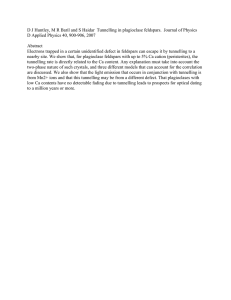

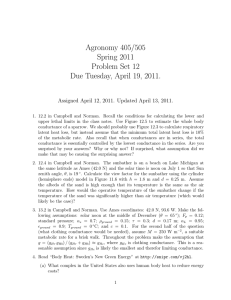
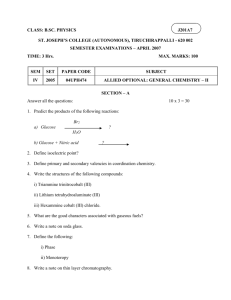
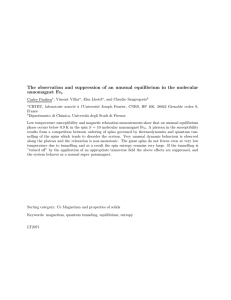

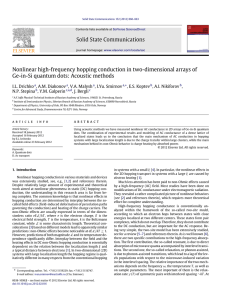
![Conductance in Co/Al[subscript 2]O[subscript 3]/Si/Al[subscript 2]O[subscript 3] permalloy with asymmetrically doped barrier](http://s2.studylib.net/store/data/012627863_1-6bac71fba776c91d7bfd647167888258-300x300.png)